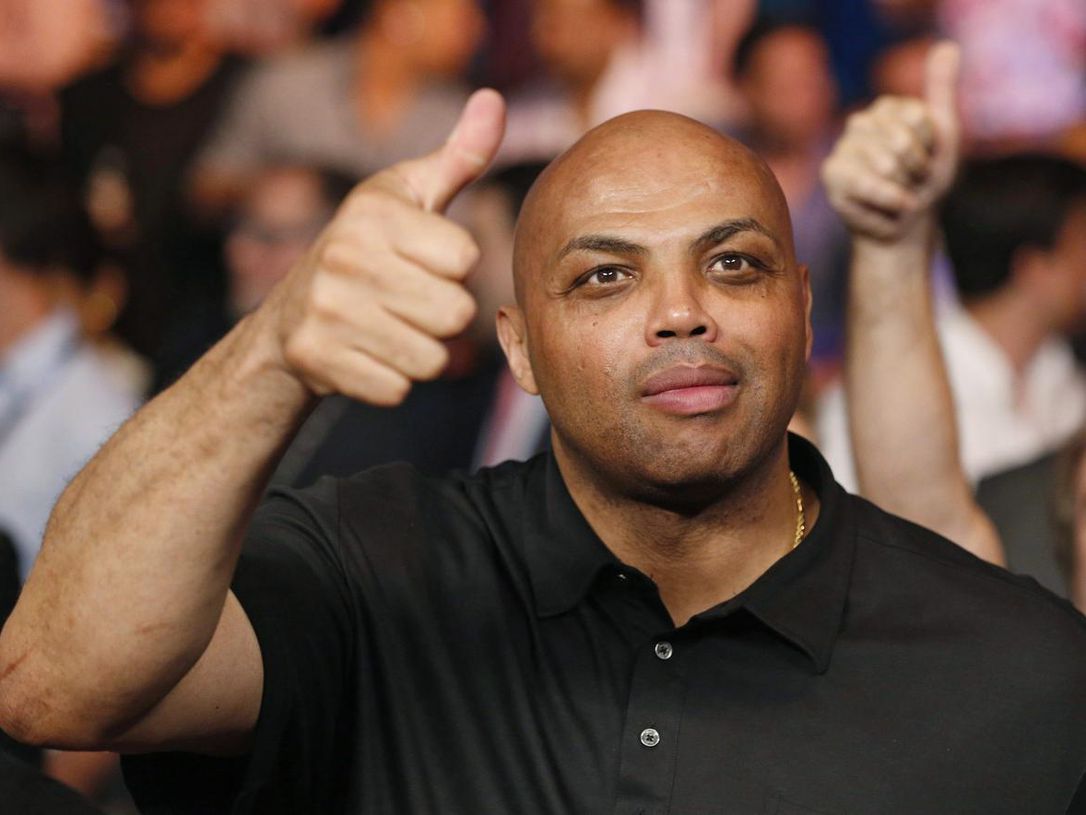Recently, the autopsy of ex-NFL player Phillip Adams revealed a severe brain disease. In April, Adams reportedly killed six people in Rock Hill, South Carolina, before killing himself.
According to reports, the coroner found an unusual brain abnormality in the frontal lobe of Adams’ brain.
Neuropathologists at Boston University's CTE Center say former NFL player Phillip Adams has been posthumously diagnosed with stage two chronic traumatic encephalopathy (CTE).
Adams died by suicide at age 32 in April 2021 after fatally shooting six people in Rock Hill, SC.— Rick Westhead (@rwesthead) December 14, 2021
The Dangers Of CTE
Dr. Ann McKee, who examined Adams’ brain, said in a statement that the 20 years Phillip Adams spent playing football “definitely gave rise” to a diagnosis of Stage 2 chronic traumatic encephalopathy.
The neuropathologist is in charge of the CTE Center at Boston University. CTE has four stages, and Stage 4 is the most severe and generally associated with dementia.
However, according to reports, Dr. McKee’s studies have found that 24 NFL players diagnosed with the same disease died in their 20s and 30s like Adams had Stage 2 of the disease.
We are about 10 minutes away from the news conference regarding the CTE study results for ex-NFL player Phillip Adams. Deputies say he shot six people, including a prominent Rock Hill doctor’s family, before shooting himself back in April. @wachfox pic.twitter.com/e3gSc3jJoy
— Brittany Breeding (@brittanyb_tv) December 14, 2021
Disturbing Findings
Additionally, according to McKee, the second stage is associated with progressive cognitive and behavioral abnormalities such as aggression, impulsivity, explosivity, depression, paranoia, anxiety, poor executive function and memory loss.
However, in a prepared statement, Adams’ family said they were not surprised by the results but were shocked at the severity of his condition.
“After going through medical records from his football career, we do know that he was desperately seeking help from the NFL but was denied all claims due to his inability to remember things and to handle seemingly simple tasks, such as traveling hours away to see doctors and going through extensive evaluations,” said the family.
Phillip Adams' family on why he was denied medical help from NFL: pic.twitter.com/ieatmnww2o
— red circle army 🐦 (@redcirclearmy) December 14, 2021
Similar Findings
McKee also revealed that Adams’ CTE was similar to former New England Patriots player Aaron Hernandez. Hernandez was convicted of murder in 2015 and also took his own life.
CTE is diagnosed through an autopsy, according to the Mayo Clinic, and found in those subjected to repeated head trauma. According to reports, a study found signs of CTE in 110 of 111 of the NFL player’s brains inspected.
In April, Adams killed six in York County, South Carolina. He murdered an area doctor, his wife, two grandkids aged 5 and 9 years old and two people working at the family home. The 32-year old then took his own life.
San Francisco 49ers Announce 9 Recipients Of $1M Social Justice Grant
A Viable Explanation
Adams’ family sent his brain to Boston University for examination of CTE abnormalities. According to USA Today, Adams’ sister said her brother was struggling with mental health issues; however, he “wasn’t a monster.” In addition, she said her brother’s “mental health degraded fast and terribly bad” in the years leading up to the killings.
She also revealed that the family noticed “extremely concerning” signs of mental illness, including an escalating temper and neglecting his hygiene.
The family is now pointing to the findings to explain Adams’ violent actions.
The Las Vegas Raiders’ Month Of Woes | When Things Fall Apart
The Signs Were There
A seventh-round draft pick of the San Francisco 49ers out of South Carolina State, Adams played six seasons in the league. He played for the 49ers, Patriots, Seahawks, Raiders, Jets and Falcons while a professional athlete.
Adams played in 78 NFL games during his tenure before finishing his career with the Atlanta Falcons in 2015. As a rookie, he suffered a severe ankle injury, which took him out of the 49ers organization.
He then had two concussions over three games in 2012 with the Oakland Raiders. However, because he didn’t retire by 2014, the cornerback wasn’t eligible for testing. It is now part of a wide-reaching settlement over long-term concussion-related injuries between the NFL and its former players.
More news from our partners:
McDonald’s Must Do More to Help Black Franchise Owners, Group Says



